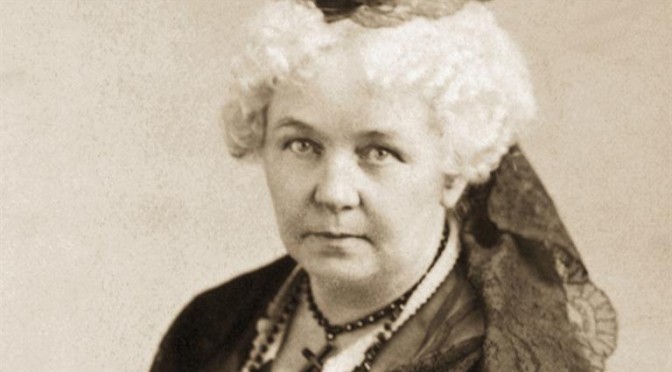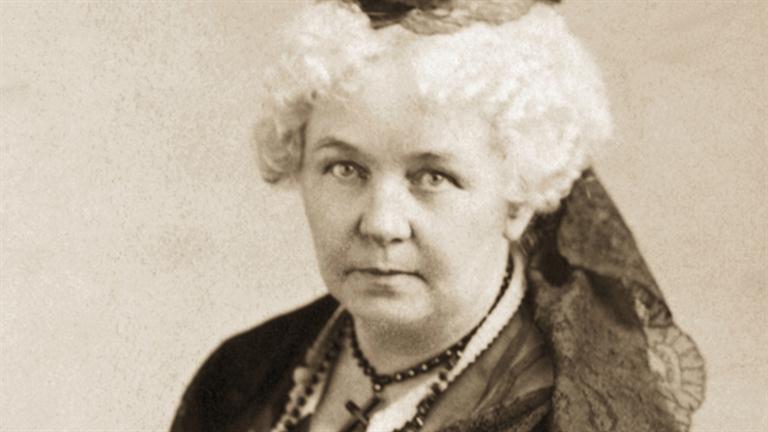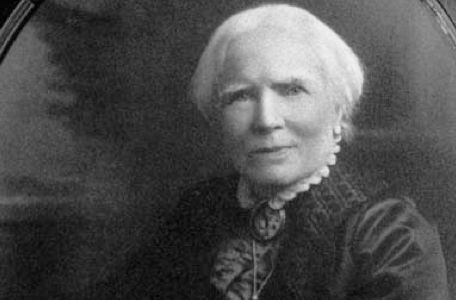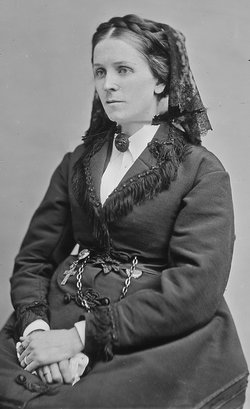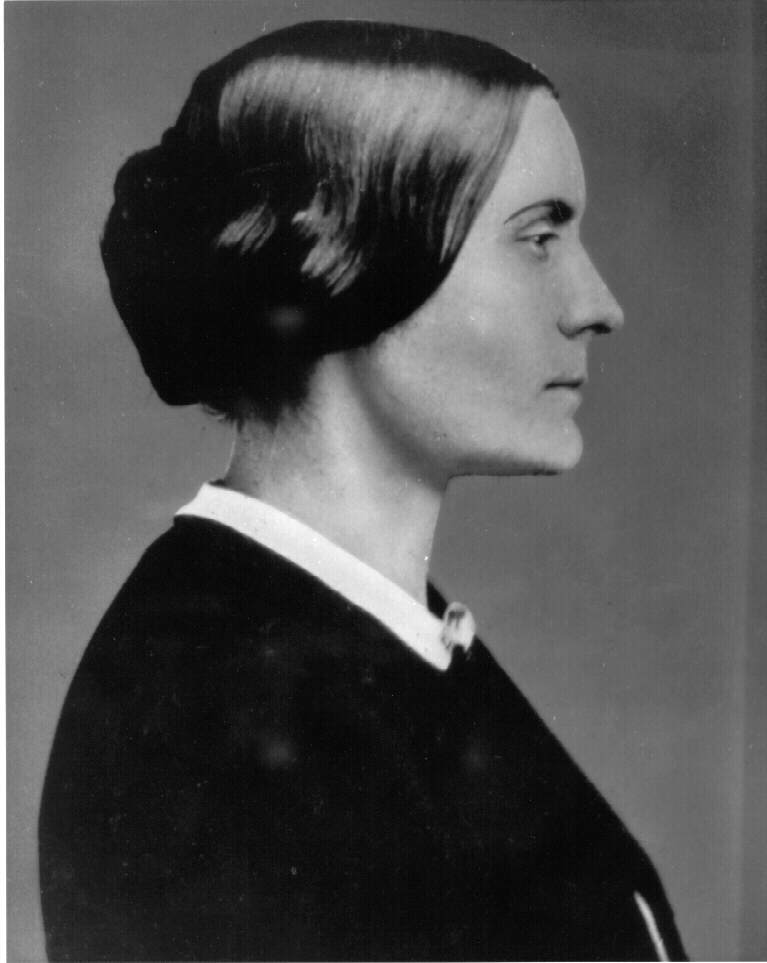In
addition to dedicated pro-lifers and dyed-in-the-wool abortion
advocates, the abortion debate is full of people who want to have it
both ways—they want to distance themselves from the moral discomfort of
abortion more stridently than “I’m personally opposed, but…” yet they
don’t want to commit themselves to fighting its advocates or outright
prohibition. On a number of occasions in my own life, I’ve met people
whose politics are quite dogmatic in most respects but go out of their
way to stress they dislike abortion—while still content to do nothing
about it.
At the Harvard Law Record, Colin Ross
attempts to stake out
a more sophisticated middle ground, curiously declaring abortion “the
moral wrong we must not ban.” He calls abortion a “monstrous problem,”
both because of “the lives it may take” and “because it pits two
bitterly opposed camps against each other, in a seemingly
ever-escalating war, in which both sides are largely right about the
goals and principles they hold most dear.”
Has Mr. Ross managed to square a circle so many before him have tried to and failed? Let’s find out.
First, he attempts to show “room for
serious doubt that, in the moment after fertilization, a member of the
human family has been created.” But his examples aren’t nearly as
serious as advertised:
That same fertilized embryo could yet split into two to produce twins. Did a person just die and two more take up residence?
Perhaps, or
perhaps
the original survived and reproduced asexually in some way. We may not
know the answer, but it doesn’t follow that it wasn’t a person
beforehand. As
others have pointed out,
cutting a flatworm in half and the parts becoming two flatworms doesn’t
mean what you started out with wasn’t a flatworm. What matters is that
all the criteria
by which science defines a living human organism—species, growth,
reproduction, metabolism, response to stimuli, genetic composition—are
all satisfied as early as the zygote stage.
A huge number—as many as 80%—of all
embryos die when they are just days old, before they can even be
implanted in the uterus. As one commentator has asked, “Is Heaven
Populated Chiefly by the Souls of Embryos?”
This is a sheer fallacy. How does a group’s high rate of
naturally-occurring death have any bearing on what they are? A human
being who lives only briefly is still a human being. This is utterly
irrelevant to the factual question of what the preborn are, and
irrelevant to the moral question—someone’s likelihood of dying naturally
is not a justification for deliberately killing him or her.
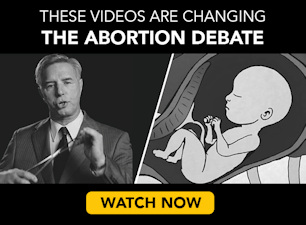
Fortunately, Ross sees that the baby’s personhood soon becomes much
clearer as he or she develops, and even has a grim reminder for
pro-aborts who deny it: what if the “benefits” you say women derive from
abortion “are built upon millions of dead human persons”? But then he
chastises “the pro-life movement [for] fasten[ing] blinders to itself is
in thinking that this moral answer morally necessitates a blanket
abortion ban”:
Before Roe, abortions were still
pervasive in the United States. For decades, hundreds of thousands of
fetuses were aborted every year. Added to this toll over the years were
the thousands of women who died in dangerous abortions. Illegality makes
things dangerous.
Judging by how many support upholding abortion based on this
falsehood, I’d say historical revisionism makes things even more
dangerous. Live Action regulars
know that even before
Roe,
Planned Parenthood officials admitted that illegal abortion numbers
were vastly smaller than PP’s modern scaremongering, that the vast
majority of illegal abortions were performed by licensed physicians in
good medical standing, and that the sharp drop in illegal abortion
deaths was thanks to chemotherapy and antibiotics, not legalization.
The prosecution of doctors means that
most competent doctors flee the field. Without competent doctors to
perform abortions, women turn to the only ones left: the incompetent and
the unlicensed. Crack down harder and deter even those and women will
turn to dangerous self-help. The bottom line: ban all abortion and women
will die.
Couple things: (1) the “most competent doctors”
aren’t as competent—or ethical—as advertised; (2) the worse abortionists are enabled by abortion industry’s own watchdogs
choosing to let them run wild; (3) the “dangerous self-help” argument’s primary evidence
has been debunked.
Around the world today, tens of thousands
of women die each year from unsafe abortions. Those deaths would drop
drastically and rapidly if abortion were made legal, and they have done
so in countries that have done so […] Economic security, not abortion
prohibition, is the best predictor of low abortion rates. Cultural and
moral norms, and access to and education about effective birth control,
also play large roles. But it is not at all clear that laws do.
Live Action has also
looked into these claims,
finding that “unsafe” abortions have more to do with the medical and
health standards in different countries than abortion laws, and
identifying clear abortion declines in countries like Poland and Ireland
that contradict Ross’s narrative. The New York Times’ Ross Douthat has
pointed out
that such claims typically fail to compare regions that have enough
similar variables to make a reasonable inference; they also ignore that
many of the countries
regulate abortion more tightly than the US does. And Patheos blogger Marc Barnes has
extensively shown that pro-life laws in this country are effective in decreasing abortions. (And all that is before getting into
the evidence that even abortions performed carefully and professionally are physically and mentally dangerous for women.)
The pro-life policy path forward is to
continue to expand the reach of affordable contraception to all through
access and education. The biggest benefit that this approach has over
prohibition: it works.

As evidence, Ross cites… a Colorado study that we
debunked here, along with the broader meme that contraception is a magic bullet. To summarize, contraception is
plentiful and affordable
enough that it’s already preventing virtually all the pregnancies it
can be reasonably expected to, and so pouring more into the country
merely encourages more of the behavior that causes unwanted pregnancy in
the first place.
He also finds it “positively mind-boggling,” “says this Catholic,”
that pro-lifers oppose forcing religious entities to provide
contraceptives. Free exercise of religious conscience is now
inconceivable? Really?
Ross’s final bit of advice:
Don’t hold the March for Life at the
Supreme Court. Hold it at adoption centers and foster homes across the
country. Demonstrate with action that every child will have a welcome
place, even if the mother cannot care for him or her. Volunteer time.
Pledge to be a foster parent. Pledge to adopt. Pledge to support those
who do.
I suppose it’s appropriate to close this out on the most clichéd straw men of all. Is he unaware that pro-lifers
already do all of this all the time? Does he have any reason to believe
we aren’t already adopting?
While Colin Ross makes more concessions to reality than the average
pro-choice apologia, none of them matter in the end. The conclusion is
still the same as if it came from any number of abortion activists:
pro-lifers need to abandon the core of their policy agenda (evidence be
damned); pro-aborts at most need to tweak their rhetoric a bit.
So beware any self-styled voices of reason pushing for this sort of
middle ground. When one side has to move and the other doesn’t, the
middle is not where they end up.
Source: LiveAction News
 Dr.
Randall K. O’Bannon, Ph.D., NRL Director of Education & Research,
knows as much as anyone in the pro-life community about the two-drug
abortion technique, RU-486. That’s why before you read these remarks, please read his story responding the Food and Drug Administration’s decision
today to relax safety standards and modified the protocol for chemical
abortions that had been in place since September of 2000.
Dr.
Randall K. O’Bannon, Ph.D., NRL Director of Education & Research,
knows as much as anyone in the pro-life community about the two-drug
abortion technique, RU-486. That’s why before you read these remarks, please read his story responding the Food and Drug Administration’s decision
today to relax safety standards and modified the protocol for chemical
abortions that had been in place since September of 2000.


 Many
suspected that today’s announcement by the FDA was a long time coming.
Despite a record of at least 14 known deaths, and thousands of women
suffering significant adverse events, the FDA relaxed safety standards
and modified the protocol for mifepristone/misoprostol chemical
abortions that had been in place since September of 2000.
Many
suspected that today’s announcement by the FDA was a long time coming.
Despite a record of at least 14 known deaths, and thousands of women
suffering significant adverse events, the FDA relaxed safety standards
and modified the protocol for mifepristone/misoprostol chemical
abortions that had been in place since September of 2000. Mother
Angelica, whose vision for a global Catholic television network was
unprecedented, will be mourned by millions of people whose lives have
been touched by her indomitable and God-centered spirit.
Mother
Angelica, whose vision for a global Catholic television network was
unprecedented, will be mourned by millions of people whose lives have
been touched by her indomitable and God-centered spirit. The Los Angeles Times
is reporting that the pro-abortion organization Women on Web has been
almost completely unsuccessful in shipping chemical abortifacients to
women in Brazil.
The Los Angeles Times
is reporting that the pro-abortion organization Women on Web has been
almost completely unsuccessful in shipping chemical abortifacients to
women in Brazil. Recently,
a friend of mine, ever-sunny Robin, was all set to serve as a volunteer
on a women’s retreat weekend. Then she learned that her beloved
grandchild in utero, Quinn, had to be delivered by C-section the next
morning.
Recently,
a friend of mine, ever-sunny Robin, was all set to serve as a volunteer
on a women’s retreat weekend. Then she learned that her beloved
grandchild in utero, Quinn, had to be delivered by C-section the next
morning.

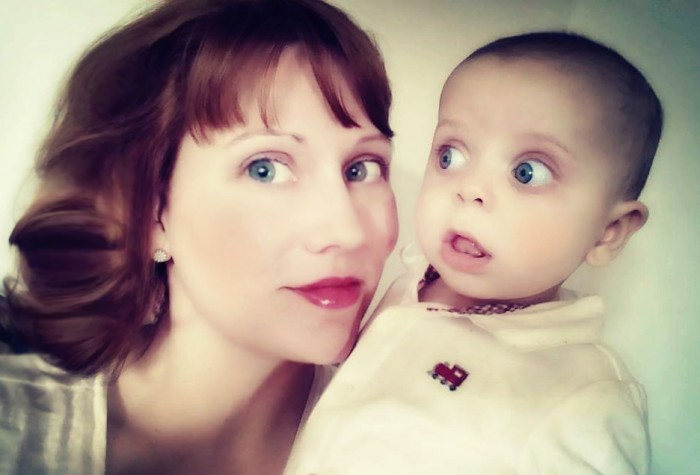


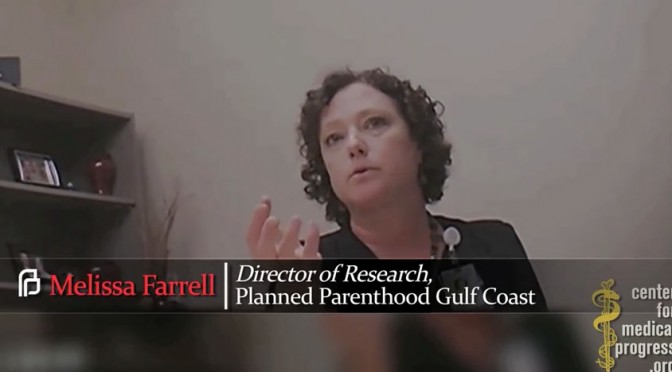
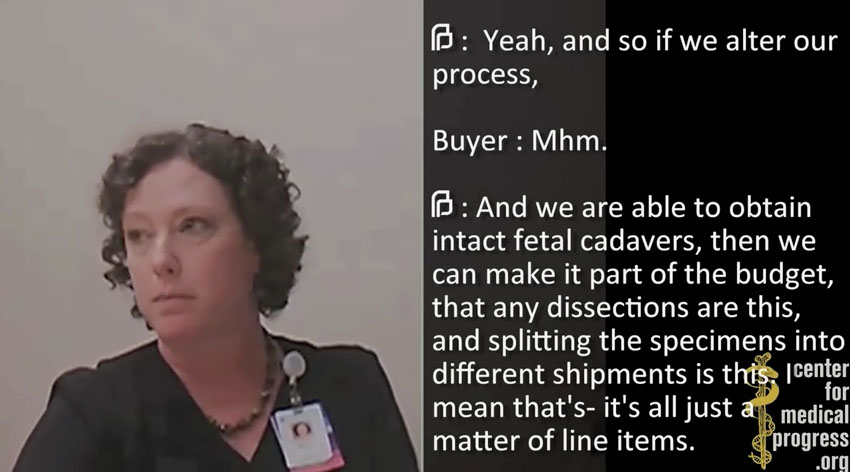
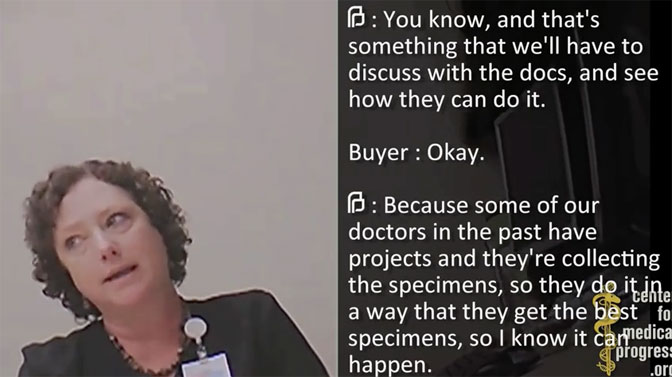



 As evidence, Ross cites… a Colorado study that we
As evidence, Ross cites… a Colorado study that we 
